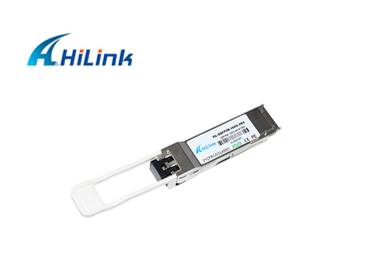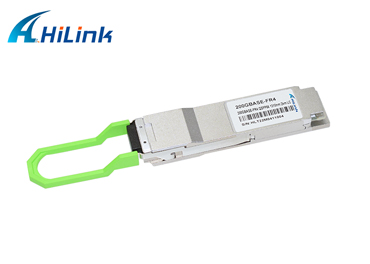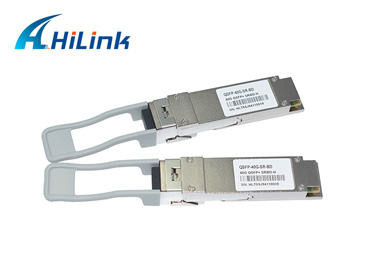How to Choose a Transceiver?
Jan. 18, 2023
Choosing the right transceiver for your network is no easy task. With our expert guide, you can easily maximize your network performance while optimizing your expenses the next time you choose a switch/router, fiber, or support cabling.
With so much variety on the market, the most important factor in choosing a transceiver is finding the specifications that best fit your network needs.
1. Type
When selecting a transceiver for your network, there are several special technologies, features, functions, and types to look for. One such example of a transceiver type is a wavelength division modulation (WDM) transceiver.
A WDM transceiver is a single-mode fiber optic transceiver that transmits/receives signals in a specific wavelength band. By using WDM transceivers with different wavelengths with multiplexer/demultiplexer pairs, a single full-spectrum optical signal can be packaged with multiple discrete signals to achieve maximum density and performance.
100G QSFP28
2. Form factor and connectors
The term "form factor" refers to the standardized size and shape (or "footprint") of an optical component, but other design features also help create the definition of each standard. While there are many different transceiver form factors to consider, there are some criteria that are more general than others.
Which one you need depends largely on the compatible form factor of the switch or router into which the fiber is to be inserted, so it's best to check what your system accepts.
3. OEM Compatibility
Now that we've determined that your fiber fits into your switch or router, we also need to make sure it can communicate with it to pass data.
The optics in the port are not coded for interoperability with the OEM router, making the port inoperable because they are not in the same language, even though it is physically suitable. This can prevent your network from achieving optimal overall performance.
200G 2KM QSFP56 FR4
4. Speed/Data Rate
Faster data rates (bits of data transferred per second) translate into higher quality user access, smoother 4K video streaming, and more margin for asynchronous connections.
Careful planning ahead is critical when upgrading fiber optic hardware, whether it's transceivers, direct connect cables or active optical cables, patch cords, media converters, or routers/switches, to achieve faster data rates. Components that do not operate at similar data rates (or data rates that can be combined into a single high-speed data rate) may block, impair, or otherwise create bottlenecks in your data pipeline.
When choosing, it is often assumed that higher data rates are better, but it is more a matter of balancing network performance needs with cost and budget.
LC 40G QSFP+ BIDI SR4
5. Media
Media refers to the physical composition of the cable carrying the data signal and is usually characterized by the material (media) and structure (cable pattern). Copper transceivers carry electrical signals over copper cables, while fiber optic transceivers carry optical signals over fiber.
Both media perform similarly over short distances, however, fiber optic transceivers offer greater cost efficiency for long-haul Ethernet due to their coverage advantages at 1G, 10G, and 40G or higher data rates.
The second factor to consider is the cable mode you intend to use, which is classified as single-mode (SMF) or multimode fiber (MMF). Single-mode fiber offers greater coverage and higher costs, while multimode fiber offers greater price advantages and higher data rates.
Multimode cables have larger cores to support greater simultaneous throughput through multiple optical modes simultaneously, while single-mode cables have narrower cores for single mode light only.
Core diameter affects dispersion and signal loss over distance, so single-mode narrower cores allow for longer transmission distances. Therefore, your use case and scope will typically determine whether you need to run multimode fiber or single mode fiber.














